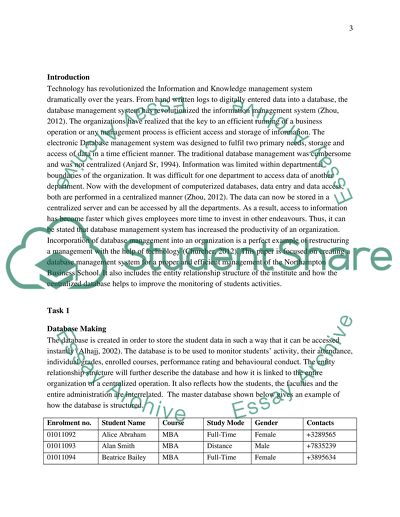Cite this document
(“Database Management of Northampton Business School Essay”, n.d.)
Database Management of Northampton Business School Essay. Retrieved from https://studentshare.org/finance-accounting/1665968-database-management-of-northampton-business-school
Database Management of Northampton Business School Essay. Retrieved from https://studentshare.org/finance-accounting/1665968-database-management-of-northampton-business-school
(Database Management of Northampton Business School Essay)
Database Management of Northampton Business School Essay. https://studentshare.org/finance-accounting/1665968-database-management-of-northampton-business-school.
Database Management of Northampton Business School Essay. https://studentshare.org/finance-accounting/1665968-database-management-of-northampton-business-school.
“Database Management of Northampton Business School Essay”, n.d. https://studentshare.org/finance-accounting/1665968-database-management-of-northampton-business-school.


